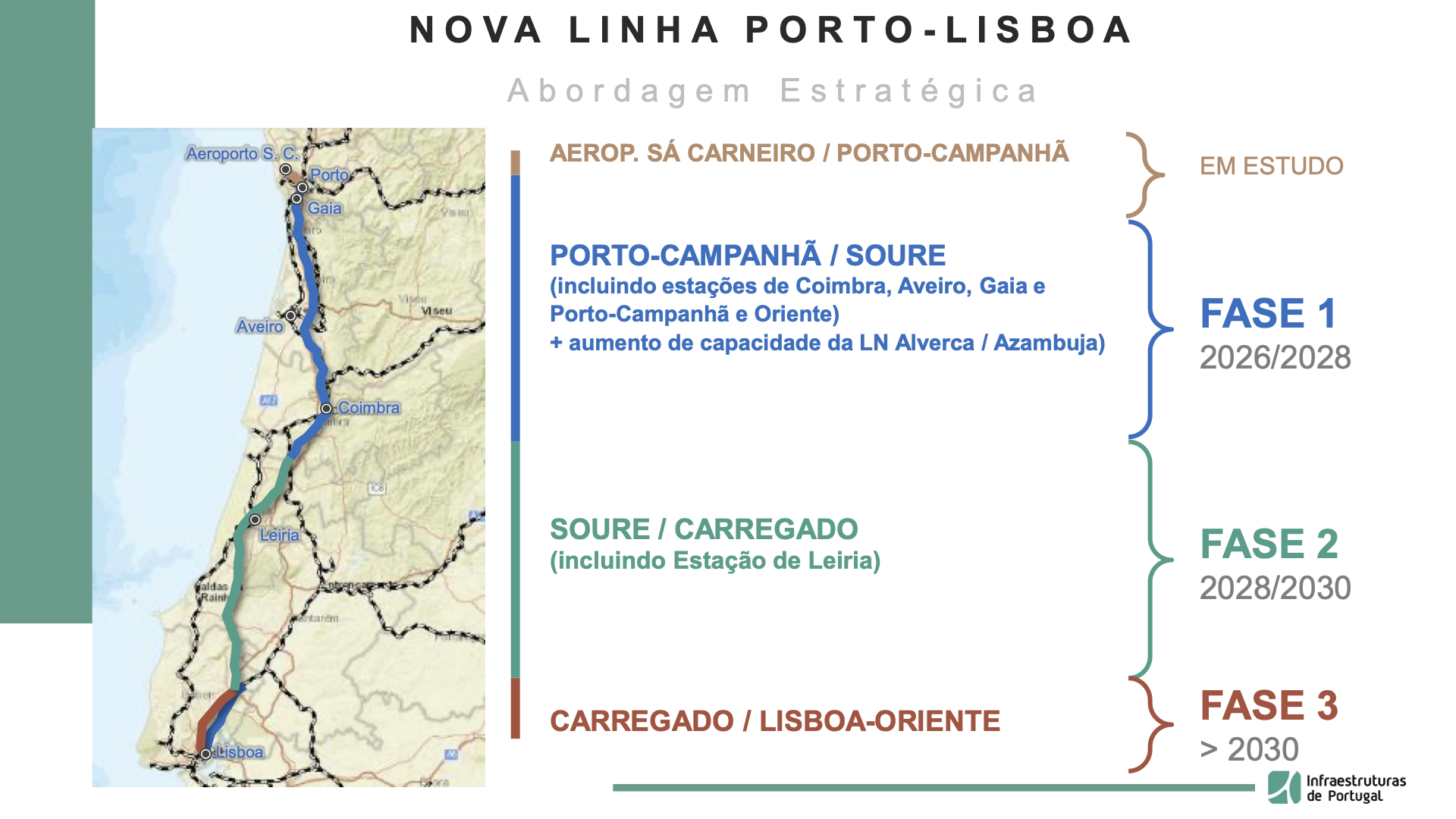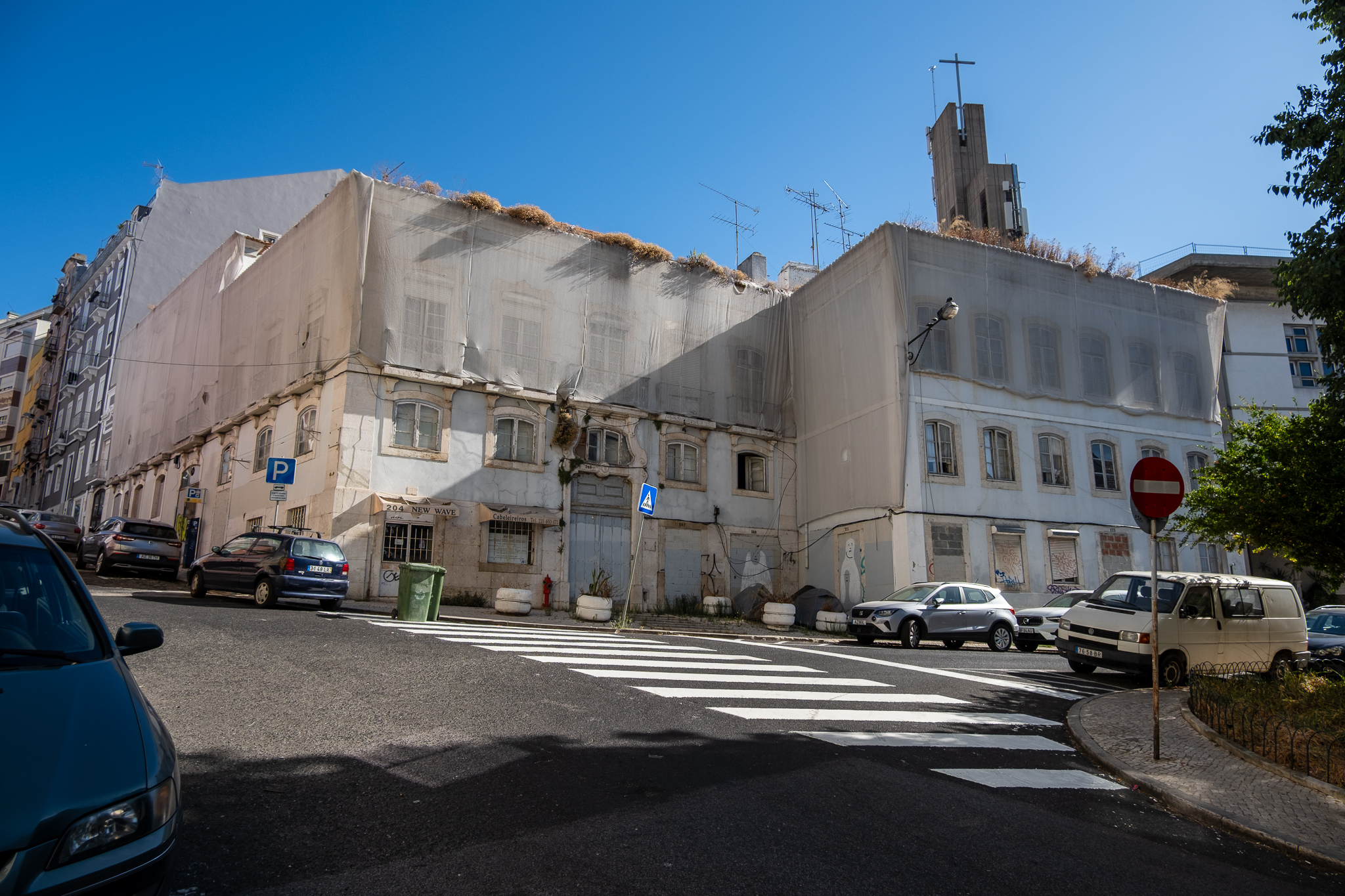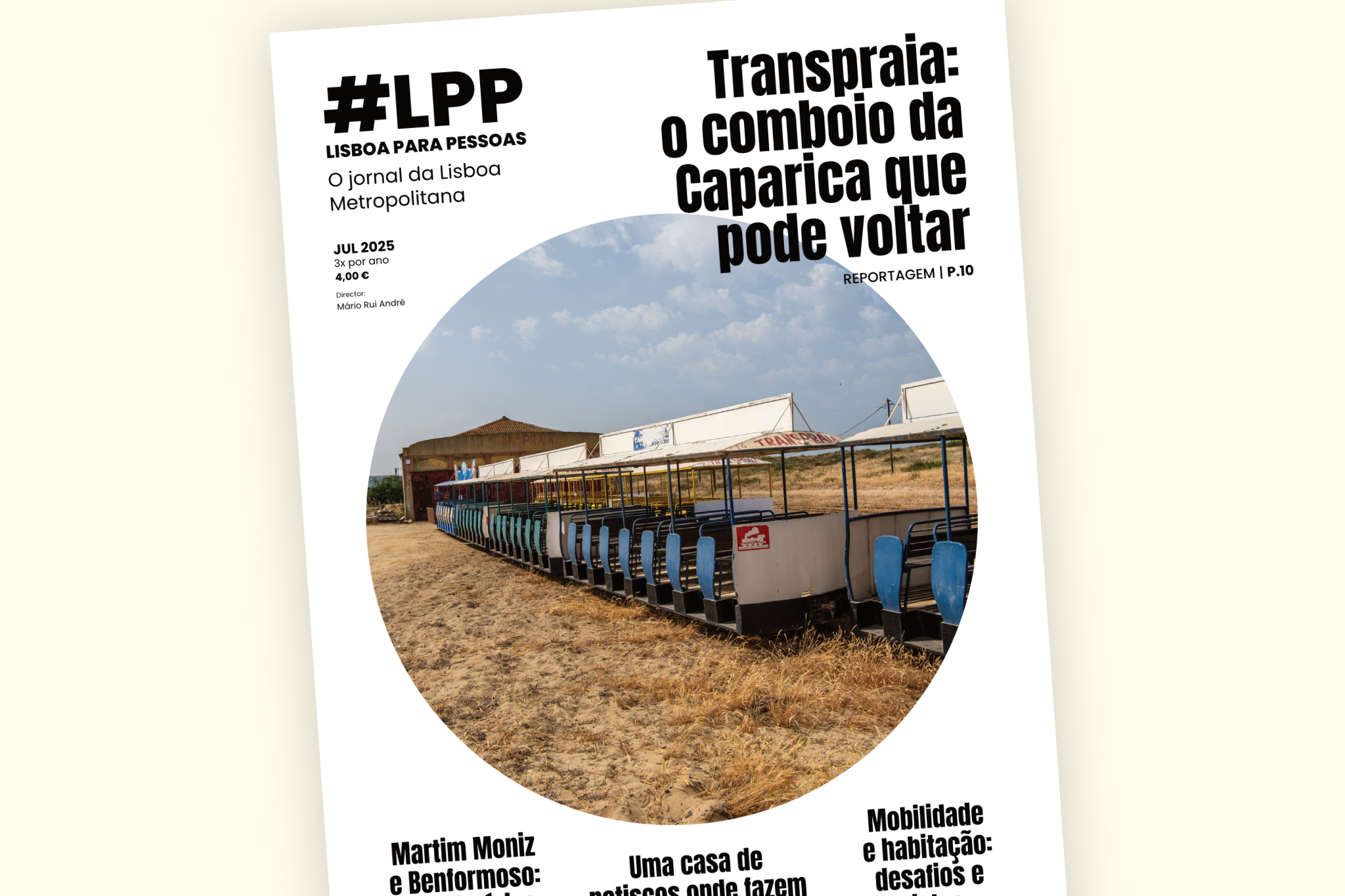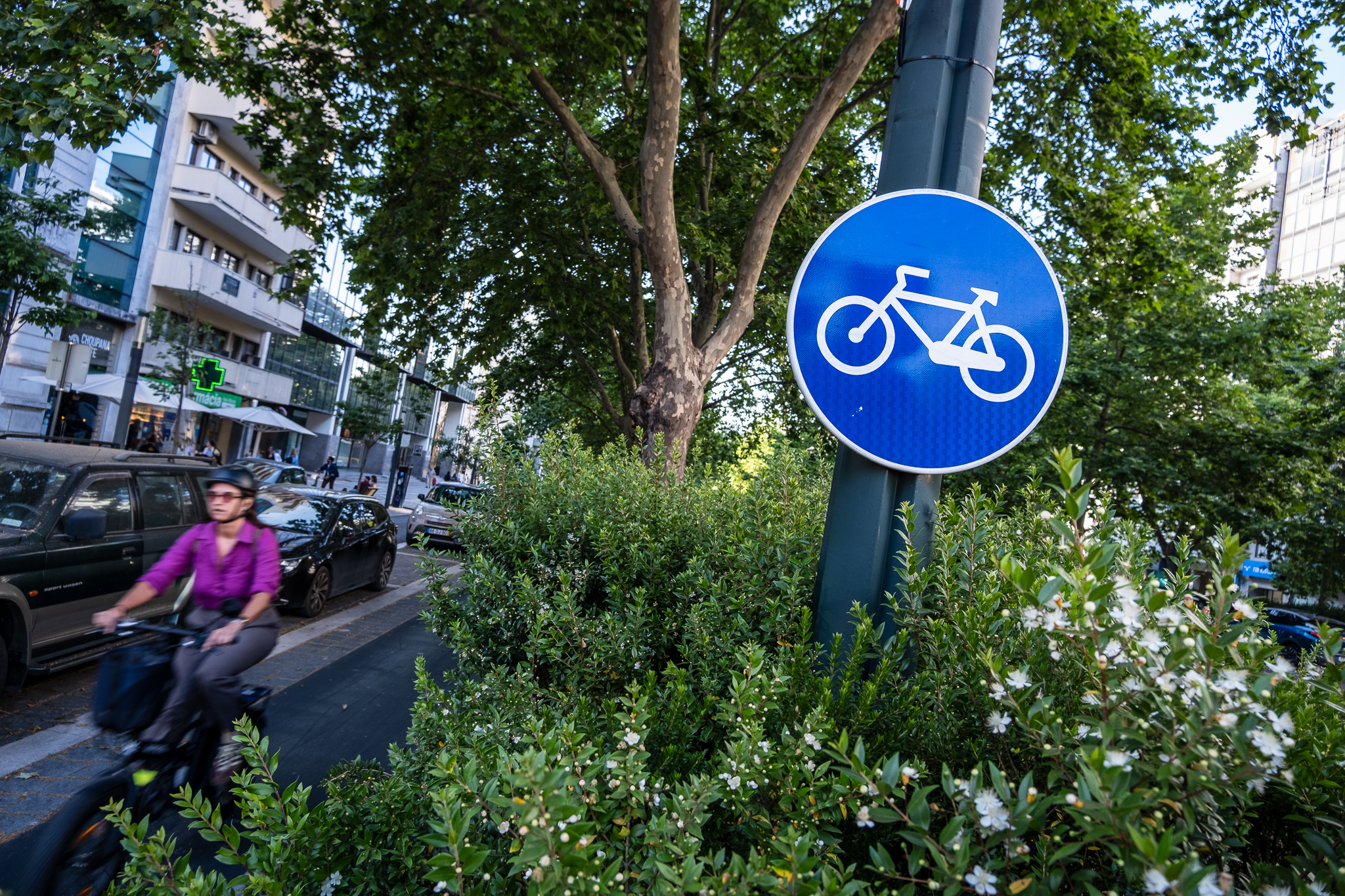The high-speed line will be built in phases. The first part, between Porto and Soure, could be completed in 2026-2028 and will already allow a trip between Lisbon and Porto in less than two hours. 1h17 of travel only in 2028-2030. Leiria will be less than 40 minutes from Lisbon, and Coimbra less...

A high-speed rail line connecting Lisbon and Porto will, by 2030, be the backbone of a rail network that will shorten the country. Several cities - not only those directly served by the high-speed rail link - will be closer to the capital and vice versa, which could have vast economic and social benefits.
In a presentation this Tuesday, March 15th, the vice-president of Infraestruturas de Portugal (IP), Carlos Fernandes, made a kind of status report on the investments being made or planned for the national railway network, between two major plans: on one side, the Railroad 2020 Planwhich is nearing completion despite the delaysand, on the other, the National Investment Program 2030 (PNI2030). The PNI2030 details what will be developed at the level of railway infrastructure in the present decade and one of the scheduled projects is the high speed line between the two largest cities.

The announcement of this line had been made previously but now some details have been released. For example, that the line will be built in three phases. Only after 2030 will a train trip between Lisbon and Porto take 1h15, not counting stops. But with the 1st phase of high speed between Campanhã (Porto) and Soure, planned for 2026/28, it will already be possible to travel between Lisbon and Porto in 1h57, non-stop. In this 1st phase, the cities of Porto, Gaia (still under evaluation), Aveiro and Coimbra will be connected to the high speed. The 2nd phase will shorten the trip, which currently takes 2h48 (with three stops in Coimbra, Aveiro and Gaia), to 1h17, non-stop. The 2nd phase involves the extension of high speed between Soure and Carregado with a new station in Leiria. The 3rd phase is planned for after 2030 and will allow a two-minute reduction in travel time, without stops, involving the extension of the line between Carregado and Oriente station (Lisbon).


With the 2nd phase of the high-speed rail link completed, Leiria will be 39 minutes from Lisbon, Coimbra 51 minutes, and Aveiro 1h06. But already with the 1st phase - that is, in the worst case scenario in 2028 - it will be possible to place Coimbra 19 minutes from Aveiro and 29 minutes from Porto. It was precisely with Coimbra that Carlos Fernandes, from IP, presented an example of the advantages of the future high speed line not only for the cities that will be directly served by it, but also for other destinations integrated in the traditional railway network. The high speed network will serve as the backbone of the network and will be able to shorten distances throughout the country. For example, Coimbra will be 1h29 from Guimarães instead of the current 2h19, 1h54 from Vigo instead of the current 4h02 or 2h30 from Évora instead of the current 3h35.


The high-speed line will not replace the current North Line, which will continue to exist and may be reinforced with more regional and freight services when long-distance trains move to the new circuit. The future line will have a minimum running speed of 160 km/h (i.e. almost 5x more than the current North Line) and a maximum speed of 300 km/h. It will run high-speed services, such as the Alfa Pendular (which can be adapted to a maximum speed of 250 km/h), and current long-distance services, namely the Intercity (which can run at a maximum of 200 km/h). CP will be preparing the acquisition of new high-speed trains.
"PNI2030 complements the projects developed in the Railway 2020 Plan and makes a disruptive leap in rail service, capable of profoundly transforming the territory"said the IP's vice-president, Carlos Fernandes, during the session that took place at LNEC. In PNI2030 is also full modernization of the Vouga LineThis process is already underway and includes the reopening of the central section that is currently closed due to poor infrastructure conditions; the Electrification of the Alentejo Line between Casa Branca and Beja; an study to reopen the Alentejo Line between Beja and Funcheirato bring the Alentejo capital of the Algarve (and vice versa), a new line between Sines and Grândolaa connection between Aveiro and Mangualde to bring Viseu back into the rail networkstudies to take the train to Porto and Lisbon airports, a study to evaluate the reopening of the Leixões Line to passenger traffic, and a study also to consider reactivating the section between Pocinho and Barca d'Alva. On the table and scheduled for 2023-2027 is the connection of the Cascais Line to the Belt Line, a project expected to cost 200 million euros.
You can see the full presentation here below:






